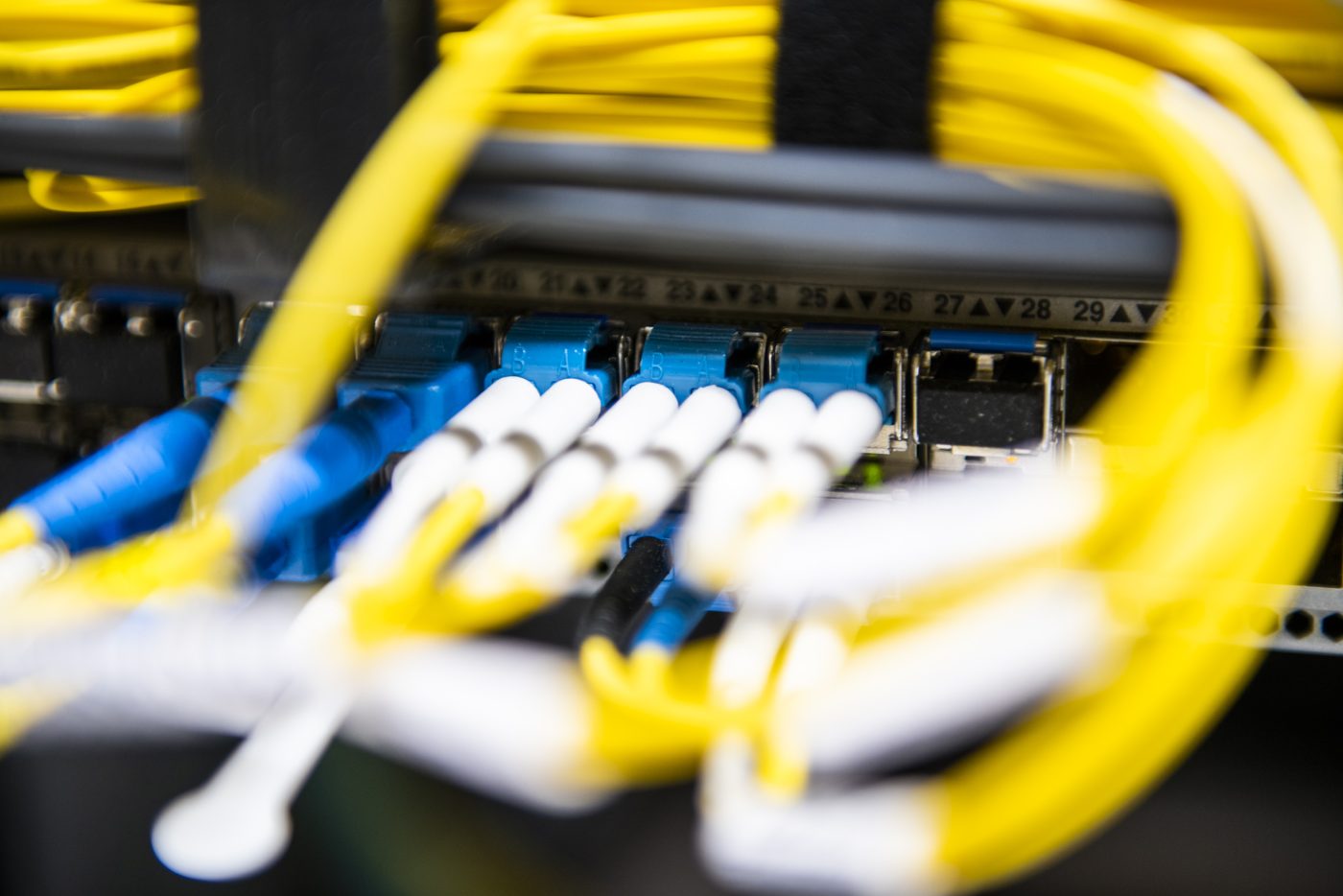As the world becomes increasingly digitised, the speed at which data is transmitted has become a critical factor for businesses who want to produce incredible end-user experiences efficiently. One of the most important factors that affects the speed of data transmission is latency. In this blog, we will explore the importance of low latency in the age of digitalisation, and how internet exchange points (IXPs) can be used to help lower latency.
What is latency?
Latency refers to the delay that occurs when data is transmitted from one point to another. It is the time it takes for a packet of data to travel from its source to its destination. Latency can be affected by various factors, including distance, network congestion, and processing times.
The role of low latency in digitalisation
In the digital age, data transmission speed is crucial. As we rely more and more on digital technologies, the importance of low latency becomes increasingly important. Low latency ensures that data is transmitted quickly, reducing delays in processing, and enabling real-time interactions. With low latency, businesses can collaborate and communicate in real-time—very important for the maintenance of business operations.
Though all businesses who rely on digital services should strive towards low latency, some industries are particularly reliant on it.
Financial services
Low latency is essential in financial services, where transactions must be executed quickly and efficiently. High-frequency trading relies heavily on low latency to ensure that trades are executed quickly and accurately. Financial institutions also need low latency to provide real-time updates on account balances and transactions.
Online gaming
Low latency is critical in online gaming, where milliseconds can make a significant difference in gameplay. Gamers require low latency to ensure that their actions are executed instantly, providing a seamless and immersive gaming experience. Without low latency, online gaming would be plagued by lag, resulting in frustration for players.
Cloud computing
Cloud computing relies heavily on low latency to ensure that data is transmitted quickly between the user and the cloud server. Low latency enables real-time collaboration and communication, making it essential in today’s digital workplace.
Telecommunications
Low latency is essential in telecommunications, where real-time communication is critical. Video conferencing, for example, requires low latency to ensure that audio and video are synchronised and delivered in real-time. Low latency is also essential in VoIP (Voice over Internet Protocol) applications, where delays can result in poor call quality.
Healthcare
Low latency is becoming increasingly important in healthcare, where telemedicine and remote monitoring are on the rise. Low latency ensures that data is transmitted quickly and accurately, enabling real-time remote monitoring and diagnoses.
What are the implications of high latency?
High latency can have significant implications, leading to delays in data transmission, poor call quality, and slow internet speeds. Some of the worst effects it can have on businesses include:
Poor user experience
High latency can result in slow internet speeds, delays in data transmission, and poor call quality, leading to a poor user experience. This can reduce customer satisfaction, impact brand reputation, and result in lost business.
Reduced productivity
High latency can slow down business processes, reducing productivity and efficiency. For example, slow data transmission can delay decision-making and hinder collaboration, resulting in missed opportunities and reduced competitiveness.
Lost revenue
High latency can lead to lost revenue, especially in industries that rely on real-time data transmission, such as finance and e-commerce.
Increased Costs
High latency can increase the time it takes to complete business processes, such as data transfer or transaction processing. This can lead to increased operational costs, such as those from additional labour or energy.
Competitive Disadvantage
High latency can put businesses at a competitive disadvantage, especially in industries where real-time data transmission is critical. Competitors with lower latency can offer better services and products, leaving those with performance issues suffering from lost market share and reduced competitiveness.
How can Internet exchange points help with latency?
Internet exchange points (IXPs) play a crucial role in lowering latency. IXPs are physical locations where multiple Internet Service Providers (ISPs) and content providers connect their networks to exchange traffic. By connecting to an IXP, ISPs and content providers can exchange traffic locally, rather than routing traffic through multiple networks and across long distances. This reduces the distance that data needs to travel, reducing latency and improving the speed of data transmission.
IXPs also provide a more direct path for data transmission, reducing the number of hops that data needs to take between networks. This reduces the risk of network congestion and packet loss, further improving the speed and reliability of data transmission.
In addition, IXPs provide a neutral and open environment for ISPs and content providers to connect and exchange traffic. This encourages competition and innovation, leading to lower costs and improved services for consumers.
Some final thoughts
In conclusion, low latency is essential in the age of digitalisation, enabling real-time communication, collaboration, and interaction. From financial services to healthcare, low latency is critical in ensuring that data is transmitted quickly and accurately. By connecting to an IXP, ISPs and content providers can benefit from reduced latency, improved reliability, and increased competition. IXPs play a crucial role in lowering latency and improving the speed and quality of data transmission. As digitalisation continues to transform the way we live and work, the importance of low latency and the role of IXPs will only continue to grow.
Peering at Italy’s leading Internet Exchange
With IXPs across Italy (Milan metro area, Bologna and Palermo) totalling 10 points of presence (PoPs), MIX offers the perfect strategic gateway between central and southern Europe. The MIX interconnection platform offers customers an opportunity to exchange internet traffic with enhanced network performance, increased data flow control, reducing latency and IP-Transit costs. For more information, you can reach out to our IXP experts here.



